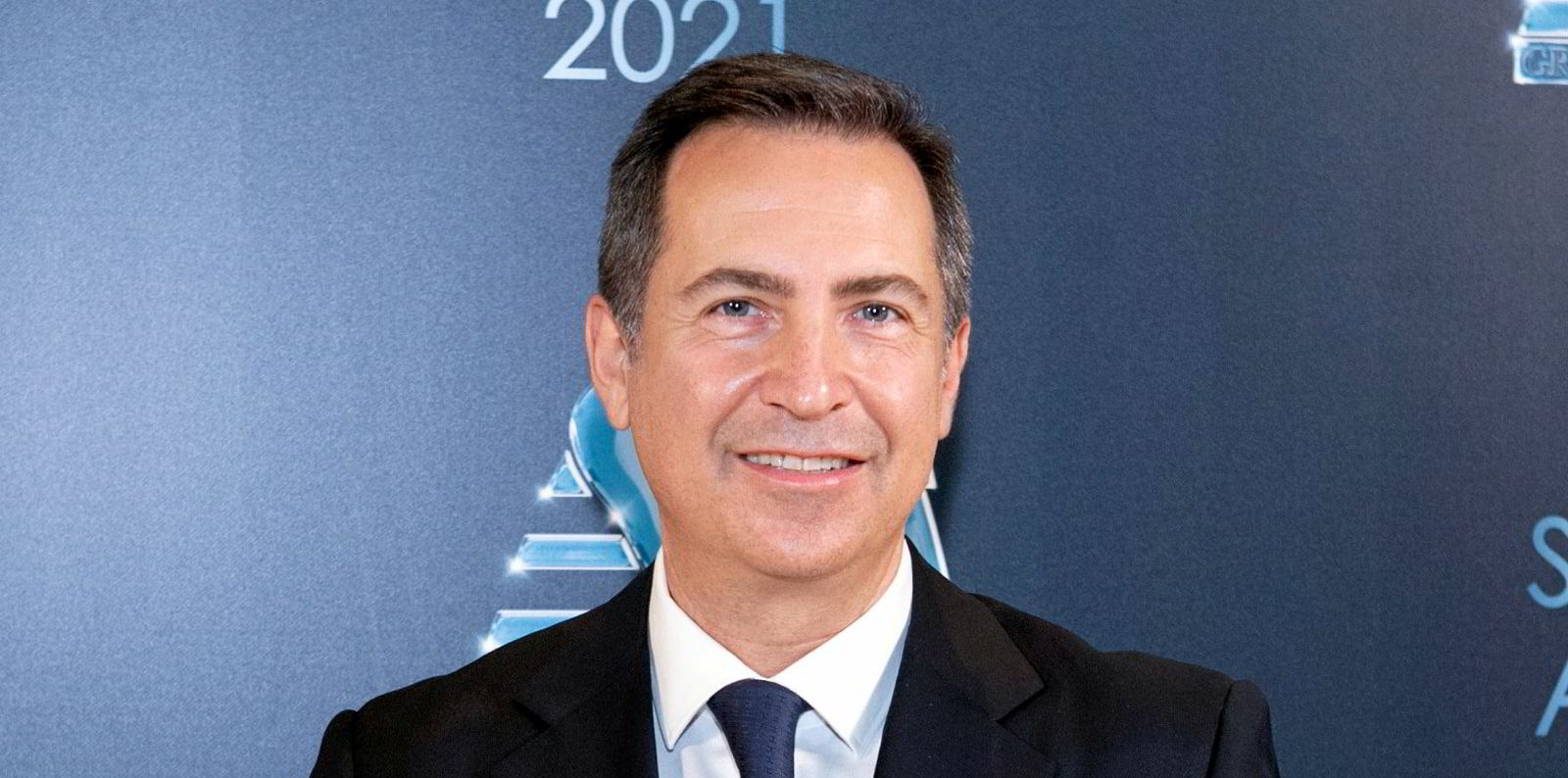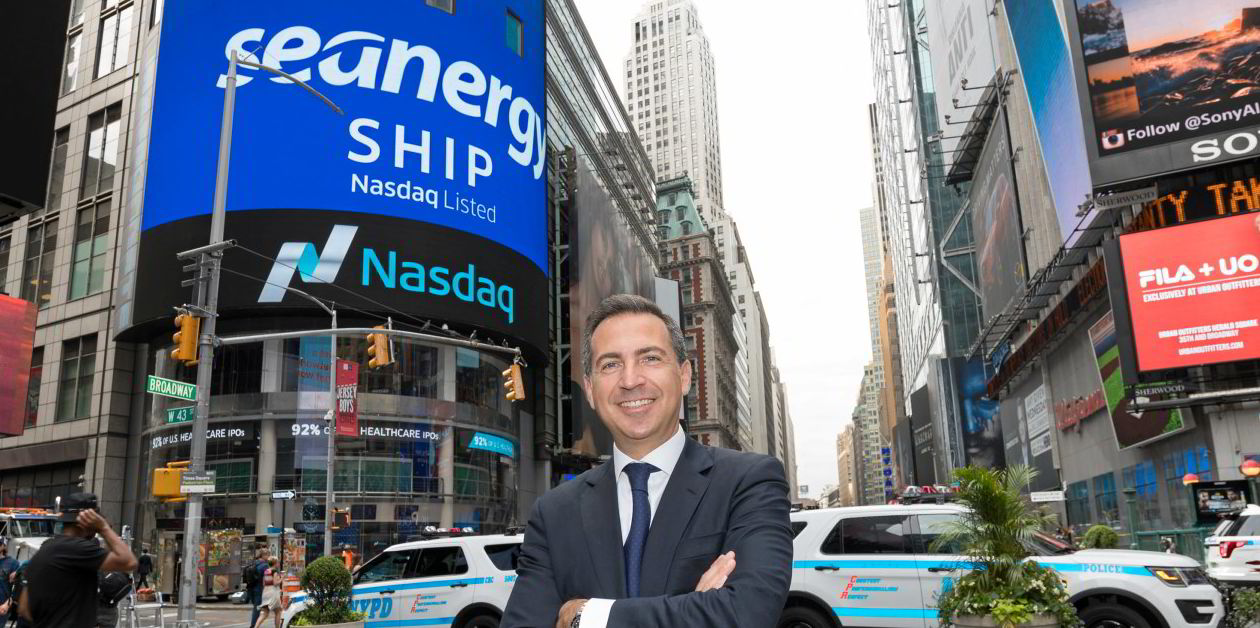Seanergy Maritime, a US-listed owner of 17 capesizes, reported surging profit numbers on Thursday and expressed optimism for its market for years to come.
Net income almost tripled year on year to $5.9m in the second quarter, compared with the $2m that the Athens-based company had earned in the same period of 2021.
The record profitability rose at an even steeper pace for the entire first half of 2022, with net income climbing to $9.6m from $600,000 last year.
“Based on the sustained profitability of Seanergy, we are declaring a quarterly dividend of $0.025 per share for the second quarter of 2022, which represents approximately 63% of our adjusted net income for the period,” chief executive Stamatis Tsantanis said in an earnings statement.
“Looking ahead, considering the favourable demand and vessel supply fundamentals of our sector, we are optimistic about the prospects of the capesize market for the coming years.”
On top of that, Seanergy has already said it would offer to buy another $5m-worth of its stock back from shareholders, on top of $26.7m of similar transactions executed earlier this year.
“Including the aforementioned dividend payments, a total of $44.7m of the company’s cash has been allocated to activities which directly reward our shareholders since the fourth quarter of 2021,” Tsantanis said.
Seanergy’s ability to return cash to shareholders has been helped by an $80.3m funding and refinancing campaign, alongside a $28m commitment letter from “a prominent European lender” to fund a balloon payment due in 2022.
As a result, the company said it was facing no remaining loan maturities until the fourth quarter of next year.
Optimism is bolstered by agreements with charterers to revise upwards existing charter hires to reflect the more efficient operation of Seanergy’s vessels.
The company said it has completed installing ballast water treatment systems on all its capesizes and that it has added energy-saving devices on several of them.
“In most cases, these projects are accompanied by agreements with our charterers to increase the daily hire rate ... as well as to extend the respective time-charter periods,” Tsantanis said.




